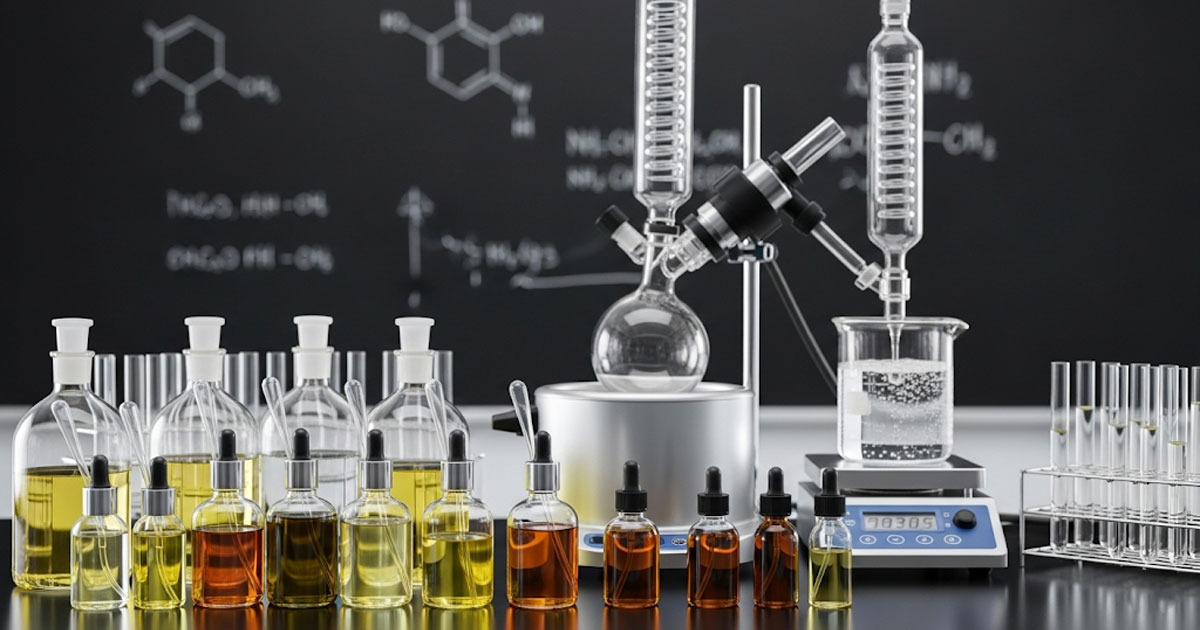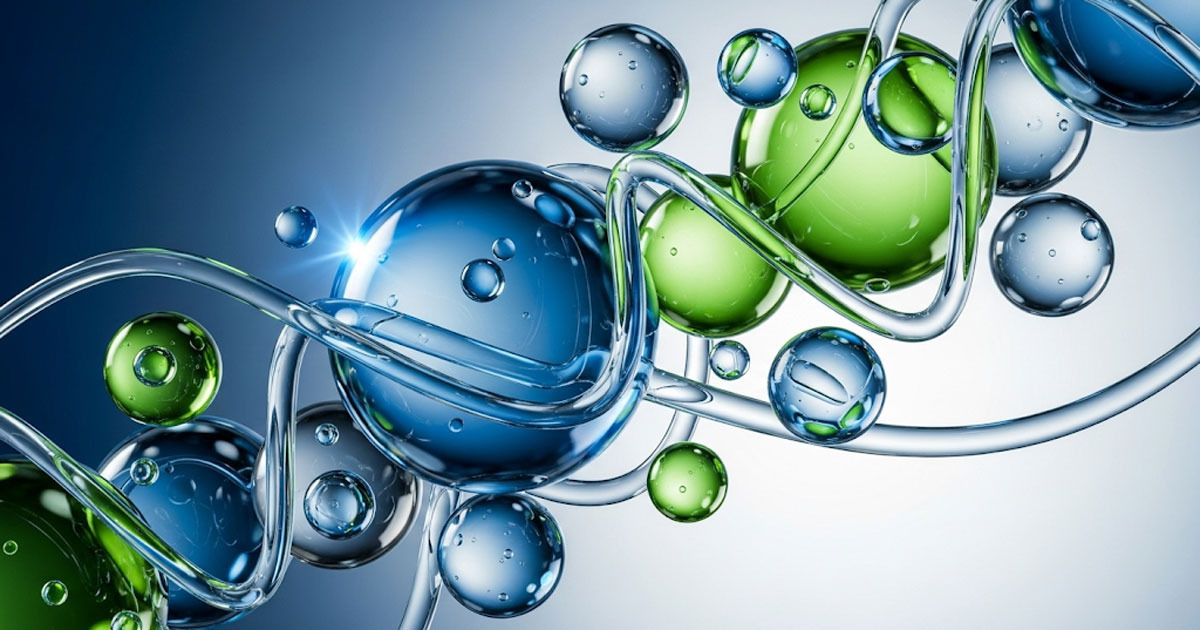Redefining Clean: The Rise of Ethical Cleansing Agents
As environmental awareness and ethical consumerism continue to shape the hygiene industry, biodegradable surfactants have emerged as a vital component in sustainable product development. Traditionally, surfactants used in personal care and cleaning products have been petroleum-based and slow to degrade, raising significant ecological and toxicological concerns.
Today, the shift towards green chemistry principles is driving formulators to adopt surfactants that deliver effective performance while minimizing environmental impact. Biodegradable surfactants are engineered to break down rapidly into non-toxic components after use, reducing pollution in waterways and soil systems.
They offer not only environmental benefits but also align with consumer demand for gentle formulations free from harsh sulfates and synthetic additives. These alternatives often derive from renewable resources such as sugar, coconut oil, and amino acids making them safer for the skin and the planet.
In practical terms, this shift is not merely about replacing ingredients but rethinking formulation strategies to meet safety, efficacy, and sustainability goals simultaneously. Brands that integrate biodegradable surfactants signal a commitment to responsible innovation, appealing to eco-conscious markets while ensuring regulatory compliance in global jurisdictions.
Understanding Biodegradability in Surfactants
What Makes a Surfactant Biodegradable?
Surfactants are amphiphilic molecules compounds with both hydrophilic and hydrophobic parts used to lower surface tension in liquids. Biodegradability in surfactants refers to their capacity to be decomposed by natural microbial processes into water, carbon dioxide, and biomass within a short time frame.
For a surfactant to be classified as “readily biodegradable,” it must degrade by at least 60% within 28 days under OECD (Organisation for Economic Co-operation and Development) testing guidelines.
Examples of readily biodegradable surfactants include:
- Alkyl polyglucosides (APGs) derived from glucose and fatty alcohols
- Sodium cocoyl glutamate from coconut oil and glutamic acid
- Decyl glucoside, a non-ionic surfactant widely used in baby shampoos and sensitive skin cleansers
These compounds degrade cleanly without generating toxic intermediates, unlike traditional surfactants such as SLES (sodium laureth sulfate) or LAS (linear alkylbenzene sulfonate), which persist longer in the environment.
Mildness Matters: Skin-Friendly Cleansing Without Compromise
Balancing Efficacy and Dermatological Safety
One of the critical advantages of biodegradable surfactants lies in their inherent mildness. Their gentle cleansing mechanisms help preserve the skin’s natural lipid barrier, minimizing irritation and dryness commonly associated with aggressive detergents.
This makes them particularly suitable for formulations targeting babies, sensitive skin, and dermatologically tested applications. In clinical assessments, surfactants like coco glucoside and disodium cocoyl glutamate consistently score lower on irritation indices compared to synthetic counterparts.
Their compatibility with skin physiology is supported by their low critical micelle concentration (CMC), which enables effective cleaning at lower dosages further reducing the chemical load on both the user and the environment.
Manufacturers increasingly highlight these attributes on product labeling, using certifications such as COSMOS, Ecocert, or EWG Verified to validate claims of gentleness and biodegradability. This shift reflects a broader consumer preference for transparency and scientifically backed efficacy in product performance.
Ethical and Sustainable Sourcing: A Holistic Approach
Beyond Biodegradability: The Supply Chain Perspective
The ethical value of biodegradable surfactants extends beyond their performance and environmental fate. Their production often relies on responsibly sourced raw materials, ensuring minimal ecological disruption and fair labor practices throughout the supply chain.
For instance, palm-free or RSPO-certified coconut-based surfactants support biodiversity and avoid contributing to deforestation. Life cycle assessments (LCA) show that plant-derived surfactants generally have lower greenhouse gas emissions and energy consumption compared to synthetic variants.
Furthermore, their use in water-efficient formulations helps brands reduce their overall environmental footprint an increasingly critical metric in ESG (Environmental, Social, and Governance) reporting.
Incorporating biodegradable surfactants not only meets sustainability targets but also resonates with the values of Generation Z and Millennial consumers, who prioritize ethical considerations in purchasing decisions. These factors make biodegradable surfactants a key enabler in the transition to circular, regenerative product design.




